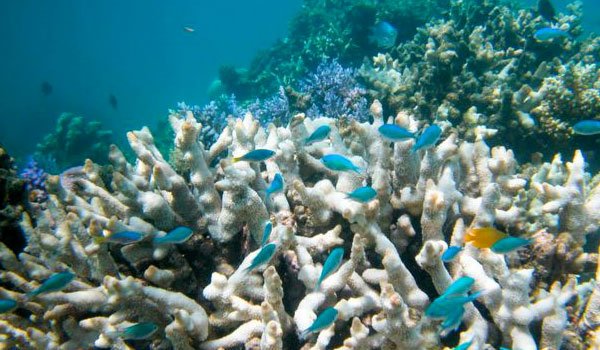Healthy corals rely on a symbiotic relationship with a photosynthetic algae known as Symbiodinium.
These single-celled organisms live in coral tissue and provide them with up to 90% of their nutrients.
But under stressful conditions, such as elevated water temperatures, this relationship breaks down.
The algae may stop photosynthesising or else corals can expel them into the sea. This results in bleaching, which can prove fatal to the coral.
Now researchers from the Australian Institute of Marine Science (AIMS) have discovered three distinct viruses attacking Symbiodinium cells, living in a lab culture established from samples collected along the Great Barrier Reef in northern Queensland.
"In the cultures that we have... there seems to be this ongoing, persistent viral infection," says Dr Karen Weynberg, a marine biologist from AIMS who led the research.
"It seems like Symbiodinium is really under attack, quite heavily, from three different types of viruses."
Weynberg, who imaged and sequenced the genomes of the viruses, says there is a "strong possibility" they are having detrimental effects on the algae's ability to photosynthesise and, as a result, could be contributing to coral bleaching.
(Extracts from BBC)






